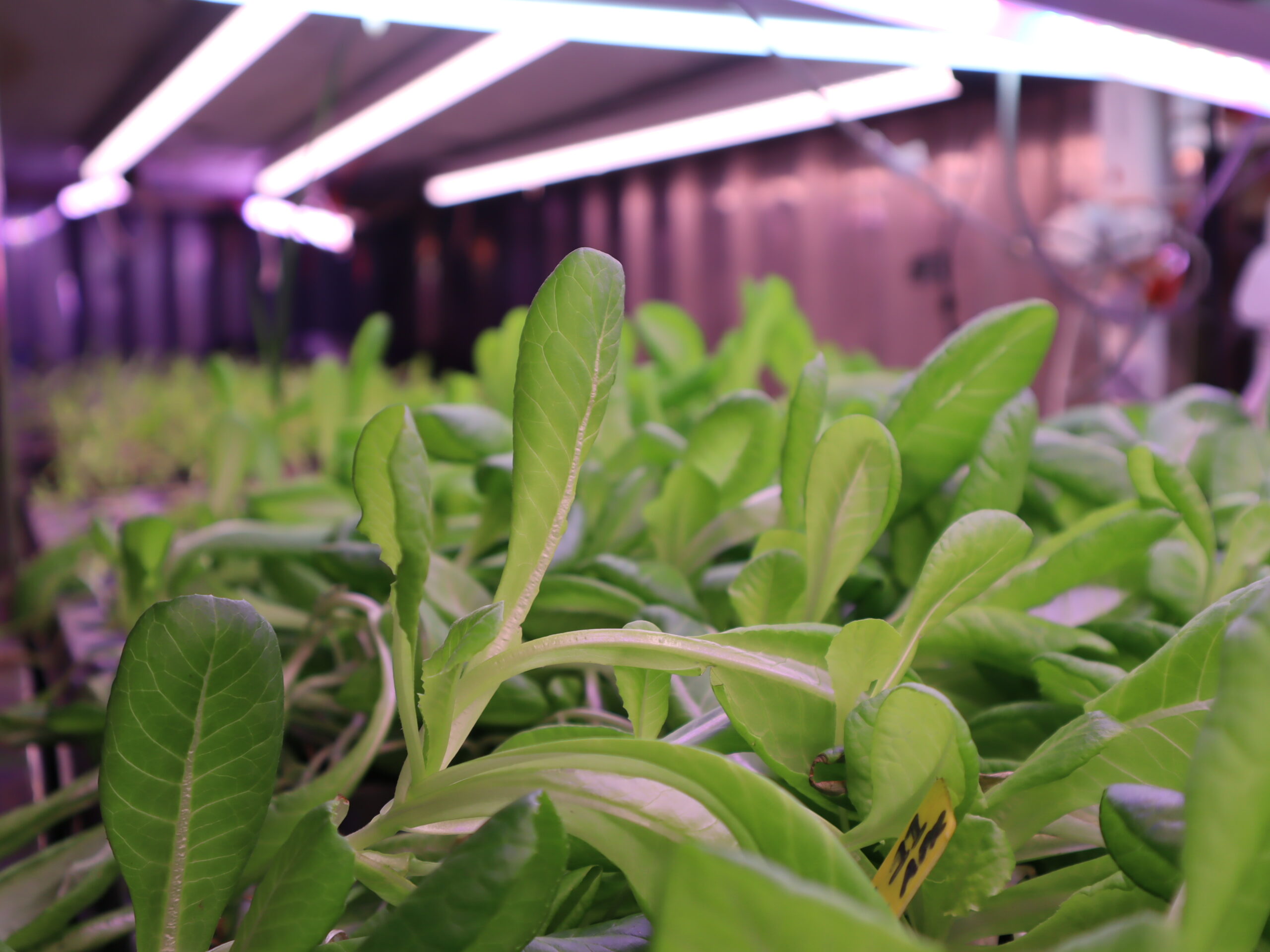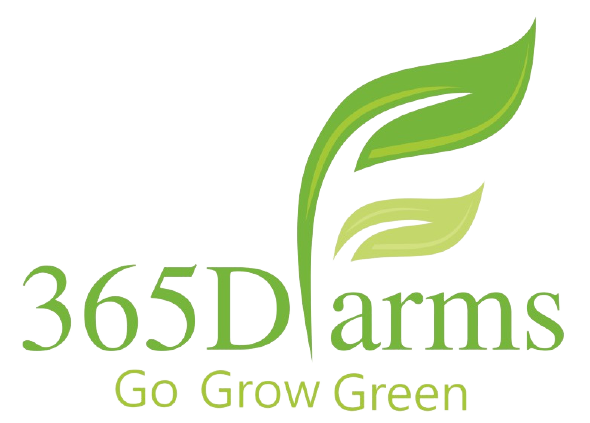
How to Deal with Hydroponic Gardening Problems: Tips and Tricks
Hydroponic gardening has become very popular among both amateurs and pros because it saves space, has a controlled environment, and uses fewer resources. But its smooth surface hides a world of problems that can only be solved with skill and imagination. In this piece, we’ll take you through the complicated world of hydroponic gardening, breaking down common problems and giving you tips on how to solve them.
Keeping the right levels of nutrients
In nutrient-based hydroponics, it is important to find the right balance of macronutrients and micronutrients. You have to keep an eye on the nutrient solutions to make sure your plants get the exact food they need. Depending on the plant’s growth stage and needs, the amount of minerals needs to be checked and changed often. Just as important as lowering the bad effects of too much of a nutrient is making sure there is enough of the good ones.
Taking Care of Changes in pH
How available nutrients are in your hydroponic system depends a lot on its pH level. Things like where the water comes from, how the nutrients are made, and how much the plants take in can change the pH. To keep the pH of your solution balanced, test it often and use the right pH controllers and buffers to make changes as needed. This careful control makes sure that plants get the most out of the nutrients they take in, which helps them grow well.

How to stop and get rid of pests and diseases
Hydroponic systems can be attacked by pests and diseases because they don’t have the natural biological protection that the earth has. Taking precautions like keeping the surroundings clean and sterile and putting up physical barriers can cut the risk by a lot. You could also bring in good bugs or look into biological control methods to get rid of pests properly. If you must do something, choose safe and useful options to pesticides to protect your crops.
How to Handle Algae and Root Rot
In hydroponic systems, algae can grow quickly with the help of light and nutrient-rich solutions. To stop algae from spreading, you can use things like coverings that block light or change the way the light comes in and out. Also, keep an eye on how healthy the roots are because root rot is bad. Aeration and drainage that work well create a healthy environment for roots and keep issues from starting at the roots.
Taking care of the temperature and humidity
It is impossible to say enough about how weather affects plant growth. You should know what temperature range is best for the plants you want to grow. To avoid problems caused by moisture, it’s also important to keep the humidity at the right amount. When growing plants in places that tend to be dry, use cooling and heating devices to control the temperature and find ways to add more humidity.
How to Choose the Best Hydroponic System
To choose the right hydroponic system, you need to think carefully about the space you have, the resources you have, and the plants you want to grow. Change your decision to fit the wants of your crops. Think about how the water will be aerated and how the nutrients will get to the plant. You should also think about how the system could grow in the future.
Getting the most out of the light
The way plants grow and change is controlled by how much light they get. Choose your grow lights carefully based on what your plants need, whether they are LEDs, fluorescents, or something else. To avoid worry or burnout, figure out the right amount and time of light. Keeping up the effectiveness of photosynthesis and the general health of plants is done by giving them light that is steady and spread out well.
Root Administration and Help
Anchoring is very important in hydroponics because the roots don’t have the structural support of the dirt. Make sure the roots stay in place by using real support systems. If there are too many roots in the root zone, it can be hard for the plant to get enough air and food. Check and take care of the root zone often to keep it from getting tangled or blocked.
The Root Zone and Water Quality Getting oxygen
How well hydroponics works depends a lot on how good the water is. Check water sources often for impurities and other toxins. Use water treatment and filter equipment if you need to. Also, use the right ventilation ways to make sure the root zone gets enough air. Roots that are full of oxygen help plants take in nutrients and avoid situations that are low in oxygen and could be bad for their health.
Keeping track of mistakes and learning from them
Failures and losses are not the same thing in the world of hydroponic farming. Instead, mistakes are chances to learn and improve. Keeping a thorough gardening notebook lets you keep track of problems and how they were fixed. This record is a useful tool that will help you get better at what you do by learning and changing all the time. Hydroponic gardening is done again and again, which shows that each mistake brings you closer to your goal.
Conclusion
Hydroponic gardening is hard, and to do it well, you need a lot of skill and drive. Growers can avoid these problems and grow healthy crops by learning about things like nutrient management, pH control, bug control, and other things. Set up with




